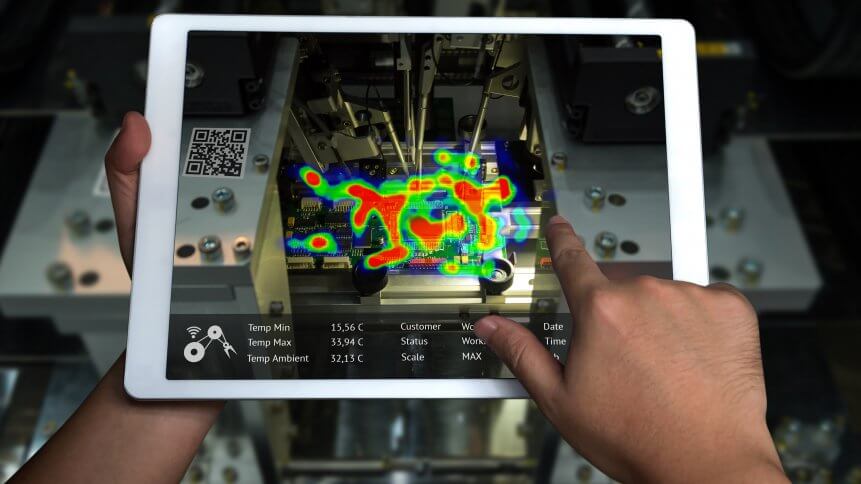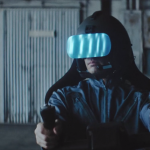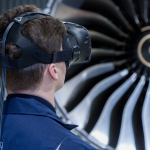How AR can help close the skills gap for industry

With industrial sectors seeing an increase in the skills gap, businesses need to provide experiential learning for workers so that knowledge transfer is quick and impactful.
Traditional means of knowledge transfer when an expert retires from the position tends to experience leakage of knowledge. This will plague the business as the successor may not have sufficient skills to even carry out day-to-day tasks.
With bleeding-edge technologies like augmented reality (AR), knowledge transfer will be more effective, as well as efficient.
To put simply, AR works by deploying virtual images over real-world visualization. The overlay of virtual images on top of reality enables users to reimagine their surroundings as well as their experience.
Businesses can leverage AR technology to introduce new tasks, challenges, and even exercises to their workers. The superimposition and haptic communication do not replace the existing view of the world. Instead, it expands the view by having a layer of digital information on top of it to educate its users.
So, businesses can embed the information that’s necessary to disseminate to workers in those digital formats. A lifetime worth of knowledge simply cannot be passed down in summaries, and not via passive learning in classroom-style spaces.
Not only will the information be less substantial, but the retention rate of the information learned will also be lower. The dissemination of information is conventionally ineffective. However, with AR technology, the process can be highly impactful.
YOU MIGHT LIKE

World’s sharpest VR available to enterprise customers
Leveling the playing field for less-skilled and offshore workers
What AR changes for users is the perception of reality. This is to say that AR can speed up and enhance the learning process for new, offshore, as well as less-skilled workers.
For new workers, AR can demonstrate the tasks necessary without spending one-to-one time with each worker. So, this will save the company in terms of man-hours as well as productivity hours. Less-skilled workers will also be able to repeat the AR experience to repeat the learning experience.
On top of that, AR technology can also train offshore workers. For example, with 10 million manufacturing jobs expected in the coming decade for the United States, AR enables manufacturers to look beyond their proximity for talent.
Therefore, talent shortage will not be a problem regardless of skill level and geographic location anymore. With AR, workers that are new, have lesser skills, and not within proximity will all be able to deliver and also thrive.









